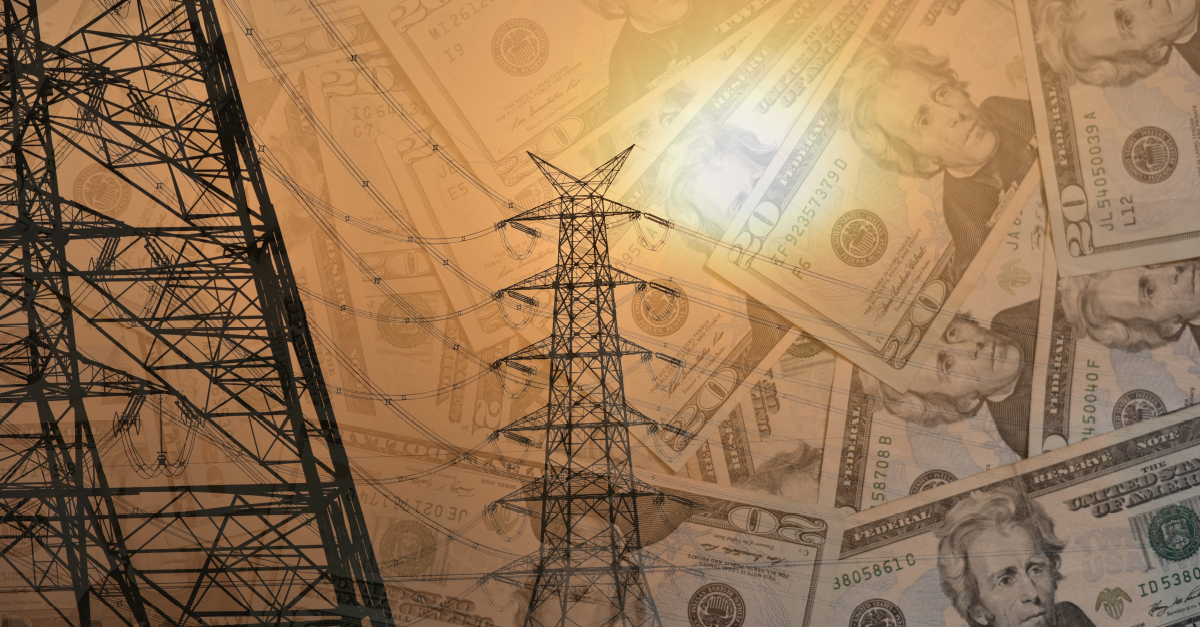
Don't get left behind: Amplify equitable energy finance with IIJA funds
Does your state, territory, or Tribal government have big climate and resilience goals that you've struggled to achieve with limited capacity and limited funds? Are you planning to use infrastructure funds for financing but unsure of the best strategies for impact and scale?
Funds from the 2021 Infrastructure Investment and Jobs Act (IIJA) can be used for state-run energy finance programs that will solve both problems.
Equitable energy financing is a low-risk enterprise
States may see financing programs as risky investments. However, research by Lawrence Berkeley National Lab shows that energy efficiency loan portfolios have an incredibly low default risk. This misconception means that lenders often charge higher interest rates than they should. Lower interest rates can improve participation and scale decarbonization impacts more quickly.
We need equitable, low-risk finance solutions that improve access to air source heat pumps, heat pump water heaters, solar photovoltaics (PVs), and other clean energy solutions with a high first cost barrier to residential and commercial buildings. A state-run energy finance program can improve health, save money, and mitigate climate change.
Scale state energy finance programs with IIJA
To empower states to scale financing programs, the federal Infrastructure Investment and Jobs Act (IIJA) creates new funding opportunities. The IIJA establishes a grant program to capitalize revolving loan funds, increases the funds available through the Energy Efficiency and Community Block Grant (EECBG) program, and increases funding for climate resiliency and decarbonization initiatives, including financing programs.
For more than 20 years, Slipstream has designed and administered financing programs for government and utility clients. We can help you deploy those federal dollars for maximum impact in your state.
We offer the following best practices for equitable and impactful distribution as you consider how to apply IIJA funds to expand or establish energy efficiency and renewable energy financing programs:
- Financing is not a stand-alone solution. It must be tied to an effective market engagement strategy that drives consumer and contractor awareness and encourages adoption of the targeted upgrades.
- Determine the target market. Where are the current financing gaps and how can IIJA funds fill those gaps? Where should you target financing to have the biggest impact: residential, multifamily, commercial, industrial, or institutional sectors? Homes with low and/or moderate incomes?
- Use market research to inform program strategy. Gather input from HVAC contractors or other stakeholders. How could a new financing product amplify and support their existing efforts?
- Identify capital partners early to increase the leverage of grant funds. What private or community financing resources can be leveraged to accelerate decarbonization projects?
- Establish a loan loss reserve (LLR) fund to reduce risk and attract private capital. Lowering the risk of default can encourage capital providers to reduce the interest rate and improve accessibility for borrowers who do not have a strong credit history.
- Make underwriting criteria more flexible to ensure equitable access to financing. We saw participation rates climb when we started to qualify applicants based on utility bill payment history instead of traditional credit-based underwriting.
- Embrace justice, equity, diversity, and inclusion commitments. Who decides, participates in, operates, and benefits from the financing program? Does the program approach align with Justice40 and other equity initiatives?
It's okay if you don't have all the answers to these questions. We have the experience to help you answer them!
To learn about Slipstream's energy finance solutions, contact Claire Cowan, Director of Program Design and Delivery